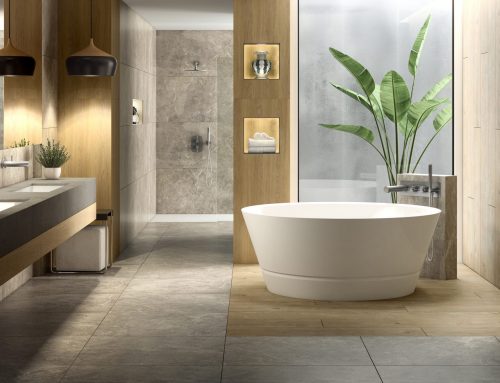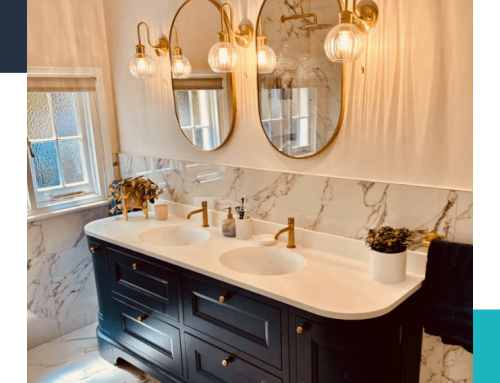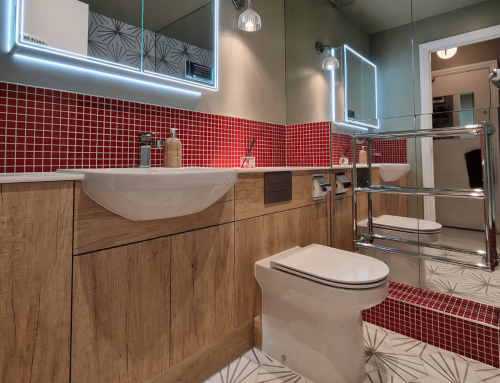What’s The Difference Between A Modern And Traditional Bathroom?
As we move towards the progress of the contemporary world, the bathroom is one aspect of our life that has undergone a significant transformation. Today’s bathroom design has evolved, offering a modern aesthetic that is both minimalist and crisp. However, the traditional bathroom design is still prevalent and favoured by many. In this blog, we will dive into the differences between a modern and traditional bathroom. So, whether you love keeping up with the latest trends or prefer the traditional style, you’ll find everything you need to know right here.
1. Understanding the Aesthetic Differences
The primary difference between traditional and modern bathrooms is the aesthetic. Traditional bathrooms have a classic design that often incorporates ornate details like crown moulding, decorative tiles, and claw-foot tubs. On the other hand, modern bathrooms emphasise clean lines, natural materials, and sleek finishes. The minimalist design and neutral colour palette of modern bathrooms contrast the bold and lively hues of traditional bathrooms.
2. Luxury and Technology in Modern Bathrooms
Modern bathrooms have cutting-edge technology that revolves around water conservation and luxury. Smart showers and toilets, programmable lighting, and touchless faucets are iconic features of contemporary design. In contrast, traditional bathrooms have more straightforward systems that are essential but lack luxury amenities.
3. Different Bathroom Layouts
The arrangement of the elements within a bathroom can vary significantly between traditional and modern designs. A traditional bathroom layout involves dividing your space into three zones: showering, washing, and toilet. Claw-foot or freestanding bathtubs, large sinks, and generous vanities are common in traditional bathrooms. Modern bathrooms can opt for a more open floor design, with a soaking tub, a walk-in shower, wall-mounted sinks, and a minimalistic vanity.
4. Bathroom Materials & Finishes
Materials and finishes are essential in bathroom designs. For traditional bathroom designs, classic materials such as marble, granite, and wood, are preferred. Porcelain, ceramic, and natural stone are also popular choices. In contrast, modern bathrooms have a preference for gloss and matte finishes and recycled glass as a preferred material. These materials give modern bathrooms a high-tech, cutting-edge look and feel.
5. Bathroom Lighting: Traditional Elegance and Modern Technology
Lighting is an essential aspect of any bathroom design. Traditional bathrooms emphasise natural light and often include elegant lighting fixtures with ornate details. Modern bathrooms have fixtures that double as art and engineering while incorporating the latest LED technology for a futuristic vibe.
Modern vs Traditional Bathrooms: Which Style is Right for You?
As outlined above, both traditional and modern bathroom designs have their unique features and advantages. Deciding which one to adopt altogether depends on your preference and lifestyle. While traditional bathrooms provide a classic and timeless atmosphere, modern bathrooms highlight technological advancements in functional designs. With this in mind, we hope this guide has provided you with insightful knowledge of the differences between modern and traditional bathroom designs – and now, you can choose the ideal design for your bathroom upgrade!




